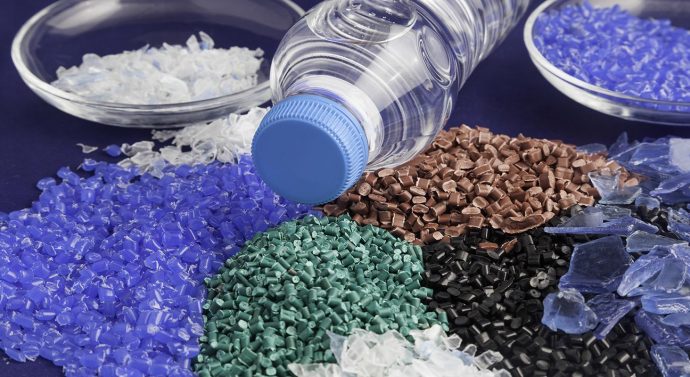
Is recycling PET plastic sustainable
General June 27, 2021, Comments OffPolyethylene terephthalate (PET) is a type of polyester in wide use across the globe. It is the most recycled plastic around the world. Presently, more than 50% of the synthetic fiber worldwide is produced from PET. While it has many advantages and is fully recyclable, its sustainability has been called into question since it is mostly produced from fossil fuels. Although bio-based PET is available, it currently only accounts for a tiny portion of total PET production. Therefore, the big question is, is recycling PET sustainable?
PET is an energy-efficient packaging material, a strong, transparent, lightweight, safe, resealable, and recyclable plastic that is easy to mould. It is also resistant to attack by microorganisms, does not shatter easily, and easy to transport. This highly versatile material is the only plastic appropriate for direct food contact, making it the first choice for packaging foods and beverages. It is also commonly used to package cooking oils, shampoo, household chemicals, and mouthwash. Studies have shown that PET causes low greenhouse gas emissions and results in low solid waste generation after use.
Apart from the benefits already mentioned above and its being cost-effective to produce, one more reason why PET appears to have a bright future is found in the continuous development of this plastic. With the advancement in technology, the weight of PET containers is on the decrease while the energy efficiency is on the increase. Most PET plastic bottles are now at least 30 times lighter than they were about 15 years ago. Despite being much lighter, some PET bottles can now hold up to 50 times their weight in water. This makes it possible to deliver more products using less packaging and less energy. As a result, they are loved in the manufacturing and logistics sectors.
The recycling process of PET minimizes waste. This is because recycled plastic PET bottles are used to produce new plastic bottles with little addition; in terms of raw materials. And the new PET bottles produced through recycling are themselves up to the same hygienic standards as the original PET, which is often referred to as virgin PET. It is well known that recycled PET has a lower carbon footprint than virgin PET.
There are currently two methods of recycling PET; mechanical recycling and chemical recycling. While mechanical recycling is currently the most widely used method, chemical recycling holds more benefits, and there’s a push by some industry insiders to move more towards this form of recycling. Mechanical recycling is easier and cheaper than chemical recycling. All it involves is the cutting up, washing, and upgrading of the used PET plastic. Chemical recycling requires more time since the plastic needs to be broken up into its molecules, and the build-up process restarted almost afresh. While this is more expensive than mechanical recycling, it comes with at least three benefits that make it appealing. First, it produces a recycled PET product that guarantees food safety. Next, the end product is of the highest quality. A third reason why chemical recycling is so promising is the chance to mix the material with coloured PET.
Manufacturing one ton of recycled PET instead of the usual virgin PET reduces greenhouse gas emissions and saves significant energy levels. Recycling PET is thus a positive thing for the manufacturers and the environment. Consumers, too, are gradually realizing the benefits of PET and the need to protect the environment by recycling it. Globally, there’s a yearly increase in the number of PET plastic bottles turned in for recycling.
On a final note, we believe because PET plastic is fully reusable, its recycling is sustainable. This sustainability can be enhanced even further when, in the not too distant future, there’s a significant increase in the production of bio-based PET.